TECH TUESDAY: Did Ferrari’s qualifying gamble on rear wing levels cost them a win in Las Vegas?

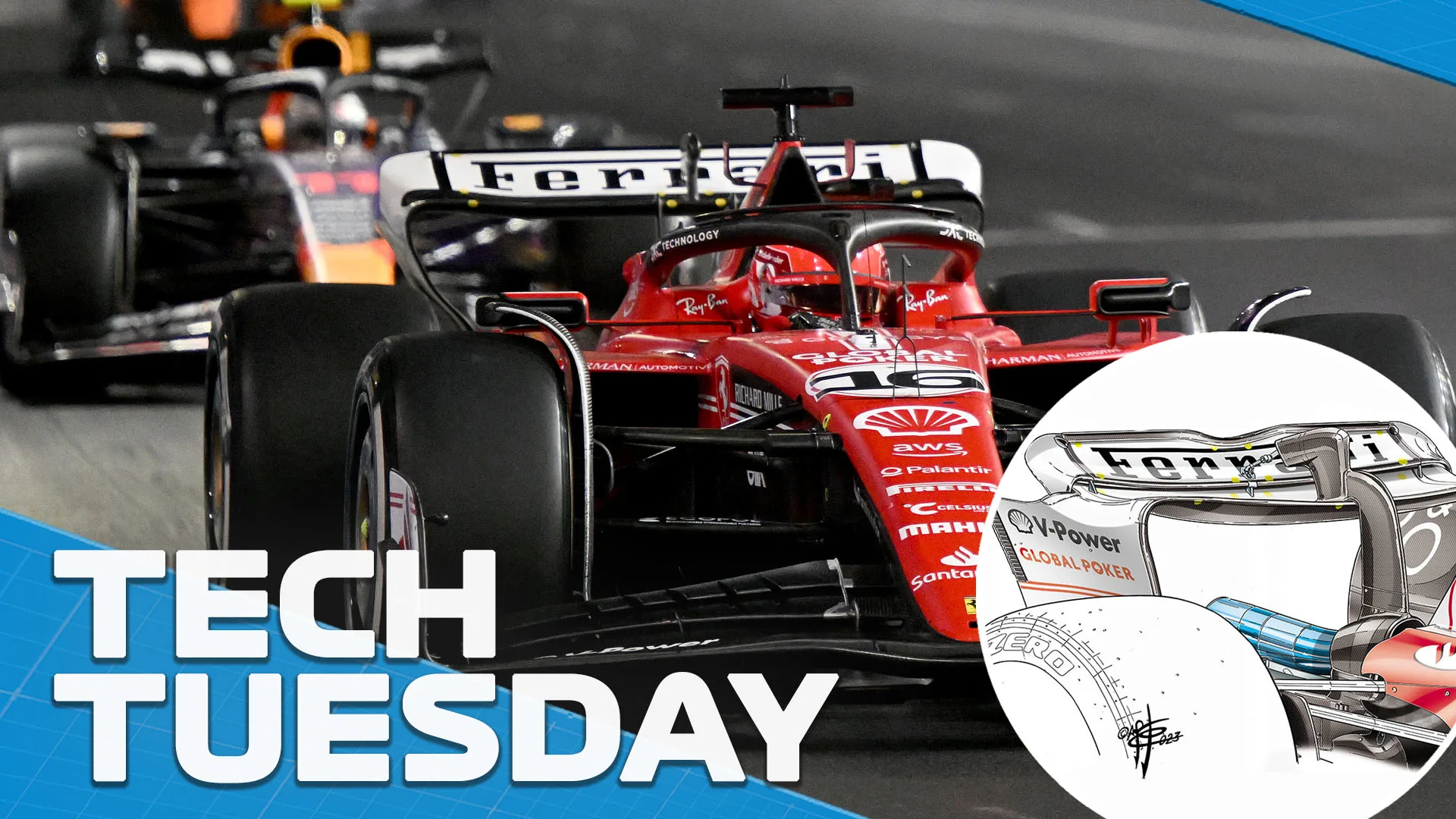
Wing levels played a crucial part in the Las Vegas battle between Red Bull and Ferrari last weekend – and both teams made several adjustments to their chosen downforce level as they tried to unlock the puzzle of how to beat the other.
Ferrari turned up with a low-downforce version of their spoon wing (with the cut-out in flap area behind the DRS mechanism to reduce drag), similar to that used in Spa. This wing carries significant surface area on its underside in the way it is contoured. The more surface area the underside has relative to the upper surface of the wing, the greater the downforce and drag.

Unlock exclusive F1 content and more with F1 Unlocked. Totally free.
Membership gets you closer with:
Curated insider content
Live like an F1 insider with exclusive access and VIP experiences
Member benefits, rewards and offers
Next Up
Related Articles
 Watch the race start from the British GP
Watch the race start from the British GP Norris hails ‘amazing’ home win at Silverstone
Norris hails ‘amazing’ home win at Silverstone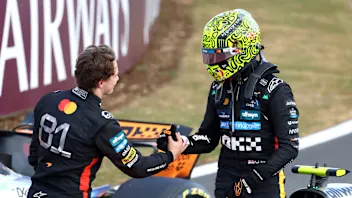 Stella hails ‘special day’ for Norris but dubs Piastri penalty ‘harsh’
Stella hails ‘special day’ for Norris but dubs Piastri penalty ‘harsh’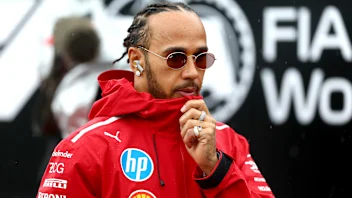 Hamilton admits Ferrari was ‘very hard to drive’ at Silverstone
Hamilton admits Ferrari was ‘very hard to drive’ at Silverstone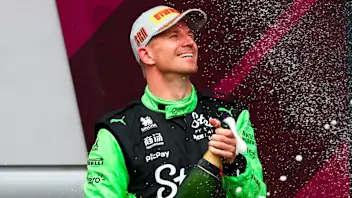 Drivers react to Hulkenberg’s maiden podium
Drivers react to Hulkenberg’s maiden podium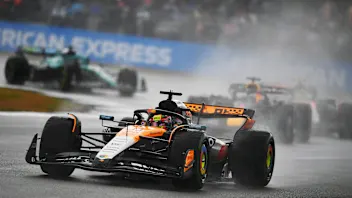 What the teams said – Race day in Great Britain
What the teams said – Race day in Great Britain